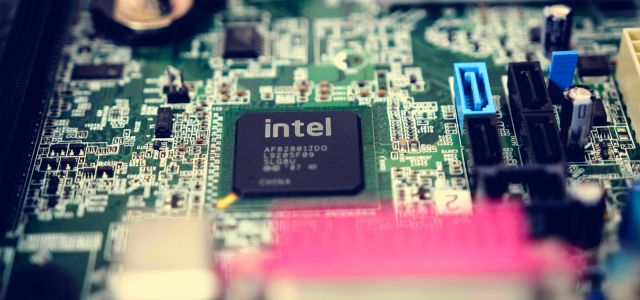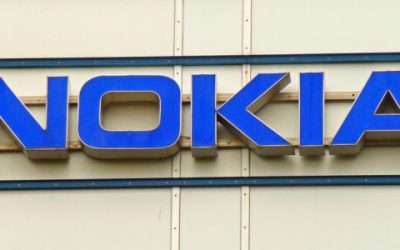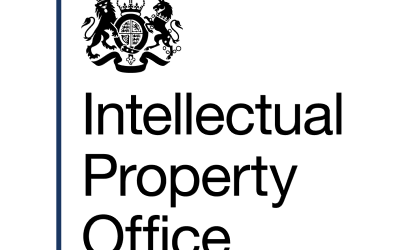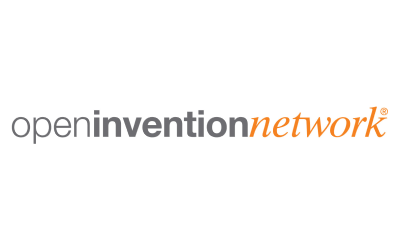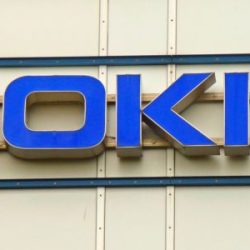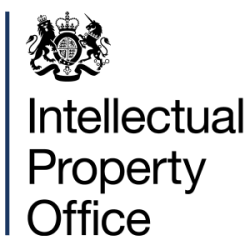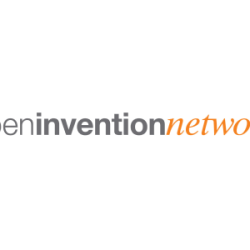The recent legal skirmish between Intel and R2 Semiconductor in a German court is a call to action for a strategic re-evaluation of how companies manage their most valuable assets: intellectual property (IP). As an IP consultant and inventor of over 100 patents, I have navigated the treacherous waters of IP battles, and this case offers a plethora of insights worth dissecting.
At the heart of the dispute is a seemingly esoteric piece of technology — voltage regulators in chips — but the ramifications are anything but trivial. The German court’s decision to side with R2 Semiconductor, effectively putting a chokehold on the sale of some of Intel’s chips, is a stark reminder of the high stakes involved in IP litigation. This isn’t just about one company’s loss or another’s gain; it’s a spotlight on the strategic battleground where innovation, law, and business acumen collide.
Firstly, the choice of the battleground — Germany, in this case — speaks volumes about the tactical considerations in IP litigation. Germany’s reputation for being patent-friendly makes it an attractive arena where companies choose to lock horns. For tech giants and start-ups alike, understanding the geopolitical landscape of IP law is as crucial as the innovations themselves.
This brings us to the defense mechanisms employed by behemoths like Intel. Facing what it terms as ‘patent trolls’, Intel’s saga is a textbook case of the David and Goliath battles that dot the tech landscape. R2 is a fabless semiconductor company, but that doesn’t mean they are ‘patent trolls’ (or what the industry calls “Non-Participating Entities” or NPEs), since they do, in fact, design and sell products. They just don’t on a fabrication facility to manufacture them. However, it’s not just about the size or the might; it’s about the quality of your arsenal — your patents. As companies navigate these disputes, the emphasis on nurturing a robust, defensible patent portfolio has never been more pronounced.
The cross-jurisdictional nature of this dispute, with legal battles spanning the US, Germany, and the UK, adds another layer of complexity. It’s not just about fighting and winning a single legal battle; it’s about organizing a war across multiple legal systems, each with its quirks and nuances. For IP strategists, this multi-front warfare demands not just legal acumen but a diplomat’s finesse in navigating international waters.
At the core, though, is the delicate balance between fostering innovation and safeguarding IP rights. The Intel-R2 Semiconductor case underscores the tightrope that companies must walk on. On one hand, there’s the relentless pursuit of innovation, the lifeblood of the tech industry. On the other, there’s the imperative to protect these innovations from being overshadowed by legal quagmires. Striking this balance is more art than science, requiring a nuanced understanding of both the technological and legal landscapes.
The specter of patent invalidation looms large over such disputes. Intel’s mixed fortunes — in validating R2’s US patent while stumbling in Germany — highlight the unpredictable nature of IP litigation. This unpredictability isn’t just a legal headache; it’s a strategic minefield that companies must navigate with both caution and courage.
Beyond the legal skirmishes, the economic and operational impacts of patent injunctions are profound. They ripple through the industry, affecting not just the companies involved but also consumers, related sectors, and the broader technological ecosystem. Understanding these impacts is crucial for IP strategists, who must weigh the immediate legal victories against the long-term industry implications.
The undercurrents of investment and collaboration add another dimension to this saga. The allegations of Intel’s erstwhile intentions to invest in R2 Semiconductor before the legal battles began are a stark reminder of the fine line between collaboration and conflict. In the IP realm, today’s partner can be tomorrow’s adversary, and navigating these relationships requires a blend of strategic foresight and ethical grounding.
As we peel back the layers of the Intel-R2 Semiconductor dispute, what emerges is a multifaceted tableau that encapsulates the challenges and opportunities in managing IP. This isn’t just a legal battle; it’s a strategic conundrum that demands a holistic approach, blending legal savvy with business acumen and technological foresight.
In the final analysis, the Intel-R2 Semiconductor case is more than a cautionary tale; it’s a playbook for navigating the maze of IP litigation. For companies looking to thrive in the cutthroat tech industry, understanding these dynamics is not just advisable; it’s imperative. As we forge ahead, the lessons from this case will undoubtedly shape the strategies of tech titans and start-ups alike, underscoring the indelible link between innovation, IP, and strategic foresight.

Written by Seth Cronin
Manager, ipCapital Group
You may also like…
Nokia v. Mala Technologies: the UPC interprets its relationship with national courts
Brussels recast The Brussels I Regulation has been in force, under various names, since 1973 and defines general rules...
UK IPO celebrates first filing in new digital service
The UK Intellectual Property Office (IPO) marks a ‘game-changing moment’ as the first patent is filed in the new ‘One...
World’s largest wireless telecommunications operator China Mobile joins Open Invention Network
Chinese companies have become increasingly sophisticated regarding patents. According to the country’s top...
Contact us to write for out Newsletter


